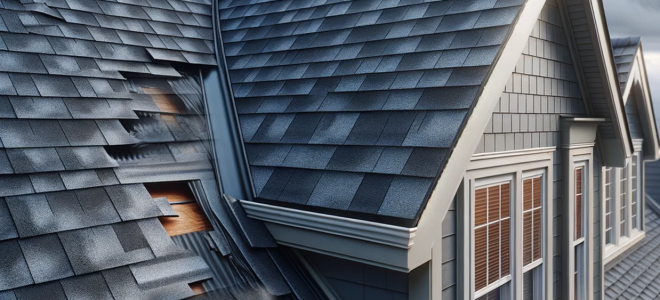
A poorly installed roof can lead to leaks, structural damage, and expensive repairs down the line. To help you navigate this process, let’s go over the key roofing components and the most common mistakes homeowners encounter when their roofs are replaced.

A roof is more than just shingles. It’s a carefully designed system with multiple layers, each playing a crucial role in protecting your home. Here are the primary components that make up a well-constructed roof:
Each of these components plays a vital role in ensuring your roof remains watertight and structurally sound. But even with the best materials, mistakes during installation can lead to major issues.
Even professional roofing crews can make errors if they’re not following best practices. Here are some of the most frequent roofing mistakes that can lead to costly repairs down the road:
Step flashing is essential for preventing leaks around areas where the roof meets walls, like chimneys and dormers. Some contractors cut corners by reusing old step flashing or failing to integrate new shingles properly. Over time, this can allow water to seep into your home, leading to rot and mold issues.
Shingles need to be offset properly from one row to the next. If they are laid out in a uniform pattern without enough stagger, it creates weak spots where water can easily penetrate. This mistake reduces the roof’s ability to shed water properly, leading to premature leaks.
Shingles must be nailed down securely using the correct number of nails, properly placed. Some common nailing errors include:
Proper nailing is one of the simplest yet most critical steps in roof installation.
Shingles must be precisely cut to fit around roof vents and other protrusions. Sloppy cutting leaves gaps that can lead to leaks. A professional roofer will take the time to ensure a snug, secure fit around all vents and pipes with no seams behind the vents.
The drip edge is a small but vital component that directs water away from the roof and into the gutters. Without it, water can seep under the shingles, leading to rot and structural damage along the eaves. Unfortunately, some contractors skip this step entirely to save time and materials.
Plumbing vent pipes need rubber boots to create a watertight seal where they pass through the roof. Without them, water can slowly seep into your attic over time, causing damage that may not be noticeable until it becomes a serious issue. Properly installed vent boots help ensure your roof remains leak-free.
A new roof is one of the most significant upgrades you can make to your home, but only if it’s installed correctly. Avoiding these common mistakes can mean the difference between a durable, long-lasting roof and one that needs expensive repairs in just a few years.
What Can You Do?
By taking these precautions, you can ensure that your new roof will protect your home for decades to come. Don’t let mistakes be hidden in plain sight—be informed, ask the right questions, and choose the best professionals for the job!